The MGA believes it could have some form of autonomous vehicle specific insurance available as early as next year
“Current insurance models” are not “fit for purpose” when it comes to insuring autonomous vehicles “because the risk has changed”, said Mark Musson, founder, chief executive and chief product architect at Humn.ai, the company behind commercial fleet MGA Rideshur.
Speaking exclusively to Insurance Times, Musson explained: “I hesitate to say cars are extinct, they’re not, there will always be a need for personally driven vehicles, but the reality is the current insurance models people can buy from an insurer perspective, aren’t fit for purpose anymore because the risk has changed.
“[Humans are not] controlling the vehicle, it’s software.”

These changing risks include a greater focus on cyber crime, as software can be “maliciously compromised”, Musson added.
Furthermore, covers such product liability and latent defects may need to be a factor of future autonomous vehicle insurance policies as “there is no such thing as perfect software”. Musson noted that bugs, for example, may still have the ability to affect autonomous vehicles.
But the crux of the matter, according to Musson, is that current motor insurance policies are driver-centric, while he believes cover for autonomous cars will instead need to be more vehicle-centric, to reflect the changed status in who – or what – is controlling the car while driving.
“There are a host of other covers and different layers of cover that don’t exist at the moment in the current world of driving because everything’s a driver-centric model,” he said.
Investment for the future
Developing insurance solutions for the age of autonomous vehicles is something Rideshur is actively working on.
Not only is the MGA partnering with “one of the biggest autonomous vehicle developers in the world”, but the business has also won two government grants this year in order to progress its work in this field.
One grant is a standalone award from Innovate UK, which is part of UK Research and Innovation, a non-departmental public body funded by a grant-in-aid from the UK government.
The second grant has been awarded in partnership with the University of Salford, Musson added.
These funds will help Rideshur to evolve its geospatial risk model to include underwriting factors specifically for autonomous vehicles – in turn, this will enable the MGA to create an autonomous vehicle insurance product.
“The driver’s gone away, so how do you insure when the driver’s gone away?” Musson questioned.
He continued: “We will see a Rideshur autonomous vehicle insurance product certainly as early as next year, not for full autonomous driving, but certainly for [some] covers.”
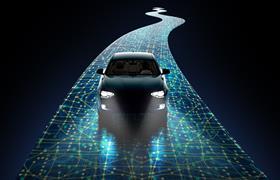
Rideshur, which operates in the commercial fleet market, uses real-time data to analyse drivers’ journeys as and when they happen. This enables the MGA to deliver “dynamic pricing” throughout the policy term rather than the once-and-done approach that is typically seen within the motor insurance market.
Puzzle pieces coming together
Despite the hard work currently in process around autonomous vehicles and their insurance coverage, Musson thinks that “full autonomy is still a little way away”.
He continued: “I think that every advancement that’s made in developing the technology is exponential not incremental and if you think about where we’ve come from – very few homes having an actual PC 25, 30 years ago to the world of smartphones - it’s really not a very long time.
“But if you also look at that trajectory, it was a very long time before smartphones and effectively computers in everyone’s pocket was ubiquitous – that’s just the last 10 years out of 30.
“You can see that exponential acceleration towards the end as the puzzle pieces start to come together. It will sneak up on us much faster than you realise.”
Hosted by comedian and actor Tom Allen, 34 Gold, 23 Silver and 22 Bronze awards were handed out across an amazing 34 categories recognising brilliance and innovation right across the breadth of UK general insurance.



























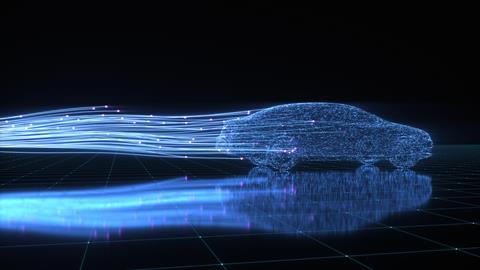











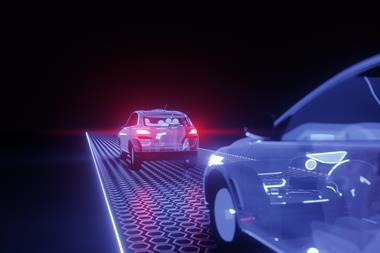
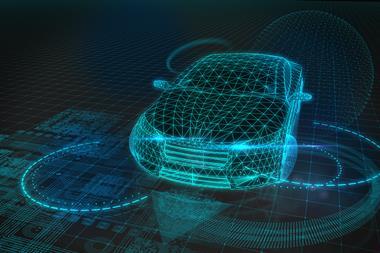

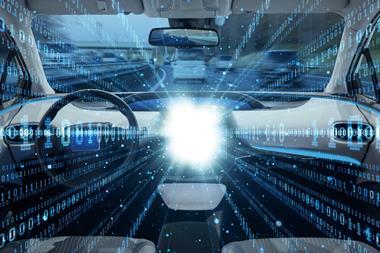










No comments yet